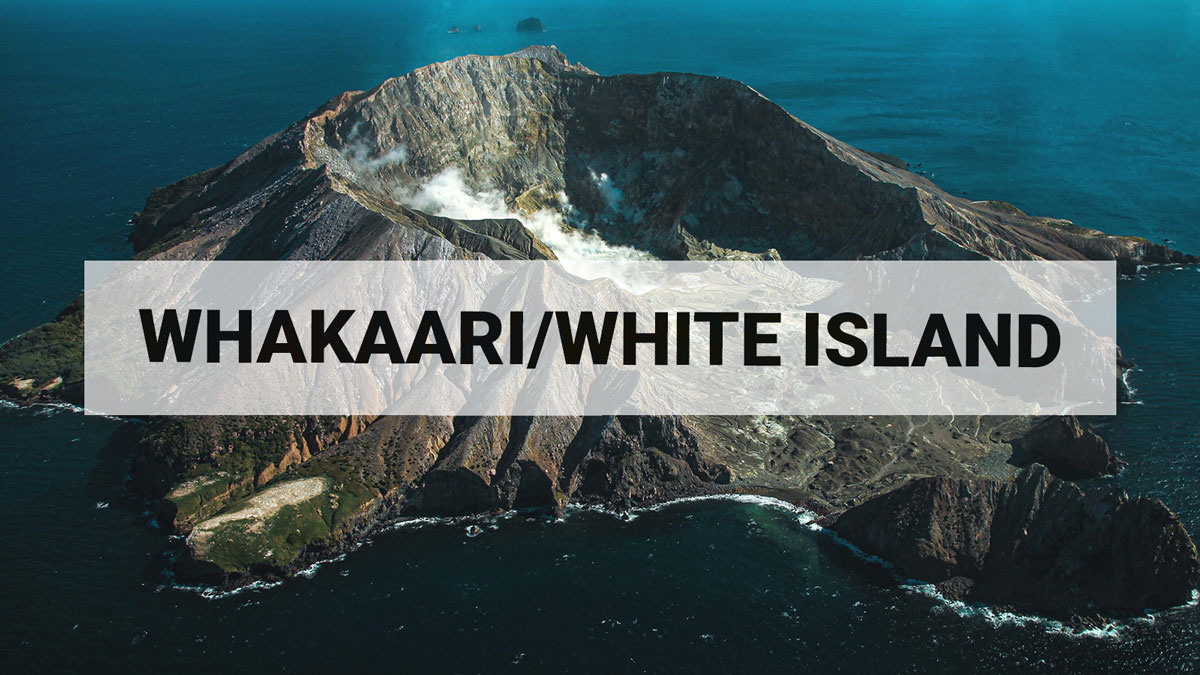
Further minor tremor and steam bursts, explosions
Updated: Tue Mar 23 2021 8:40 AM
Two short-lived episodes of low-energy volcanic tremor occurred on 11 and 12 March at Whakaari/White Island, following similar episodes in mid-February and early March. Since then activity has returned to typical low-levels. The Volcanic Alert Level remains at 1.
The activity on 11 March started around 8.30 pm and lasted 30 minutes, while the activity on 12 March started at 3.30pm and lasted around 3 hours. The 12 March activity was accompanied by minor steam-gas bursts/explosions from the active vent area. The steam and gas driven activity was recorded by our seismic and air pressure sensors and is interpreted as a series of small explosions, originating within the vent or at shallow depth. Any erupted material from this type of activity is typically limited to a few meters from the vent. No observations were available from the island’s webcams. Both the recent episodes were smaller in size than those recorded on 29 December 2020 and 18 February 2021.
No response has been noted at Whakaari/White Island specific to the M7.3 earthquake on 5 March off East Cape. Gas and observation flights are scheduled this week to measure vent temperatures and gas emissions. The level of seismic tremor remains at background levels. The Volcanic Alert Level remains at 1 and the Aviation Colour Code remains at Green.
The Volcanic Alert Level reflects the current level of volcanic unrest or activity and is not a forecast of future activity. Volcanic Alert Level 1 indicates the primary hazards are those expected during volcanic unrest; including discharge of steam and hot volcanic gases, earthquakes, landslides and hydrothermal activity. While Volcanic Alert Level 1 is mostly associated with environmental hazards, eruptions can still occur with little or no warning. The main plausible triggers for a sudden eruption remain the collapse of unstable material in an active vent and the possible ingress of water underground onto the shallow magma body.
Further information about the volcanic alert levels and what they mean can be found here.
GNS Science and the National Geohazards Monitoring Centre continue to monitor Whakaari for further changes in unrest. GeoNet monitors Whakaari via a network of seismic and acoustic sensors, GNSS (GPS) receivers, cameras, and gas and visual observations. We are currently experiencing some gaps in webcam imagery due to reduced capacity in the batteries powering the sites.
Craig Miller Duty Volcanologist Media Contact: 021 574 541 or media@gns.cri.nz